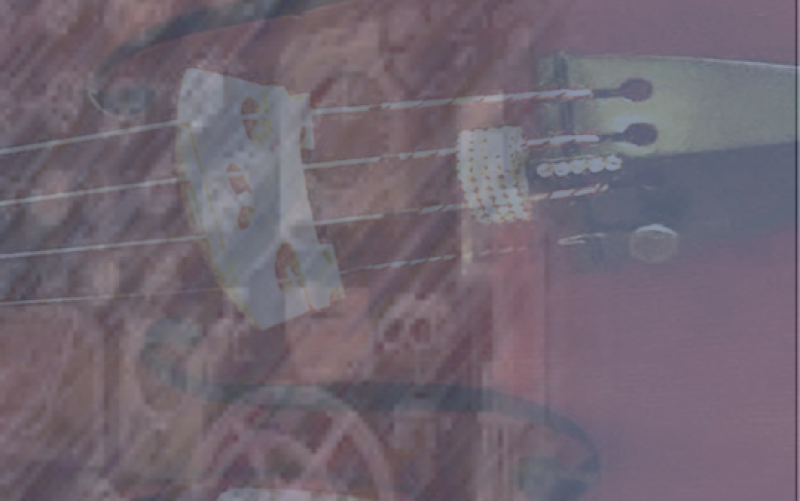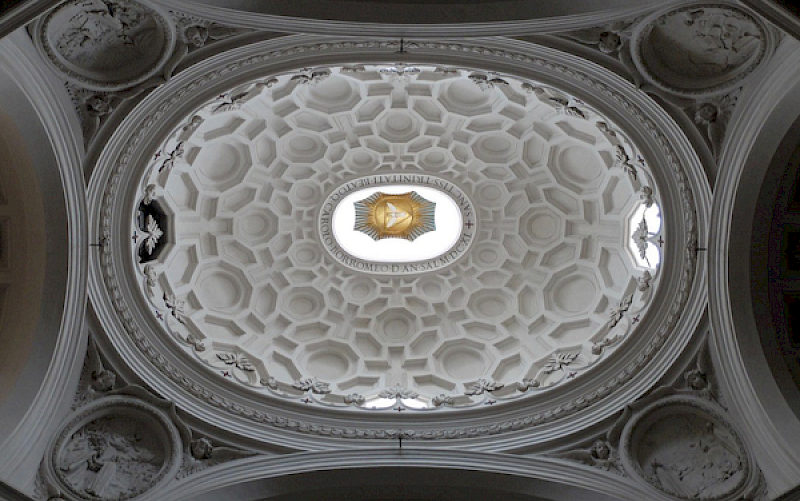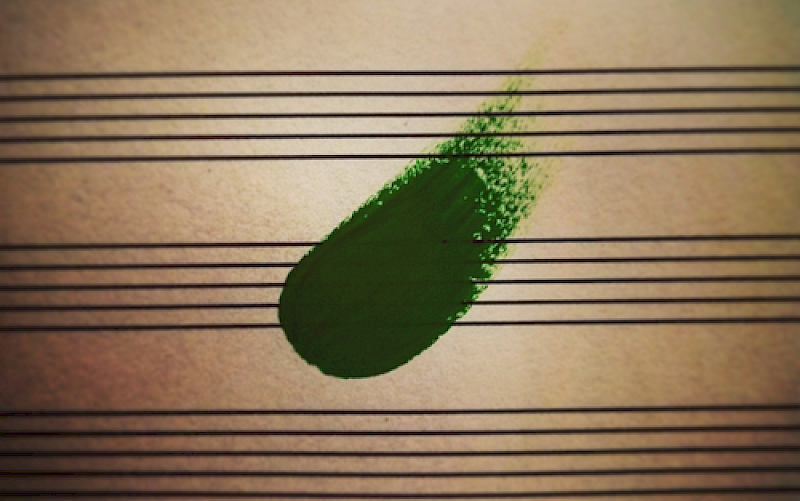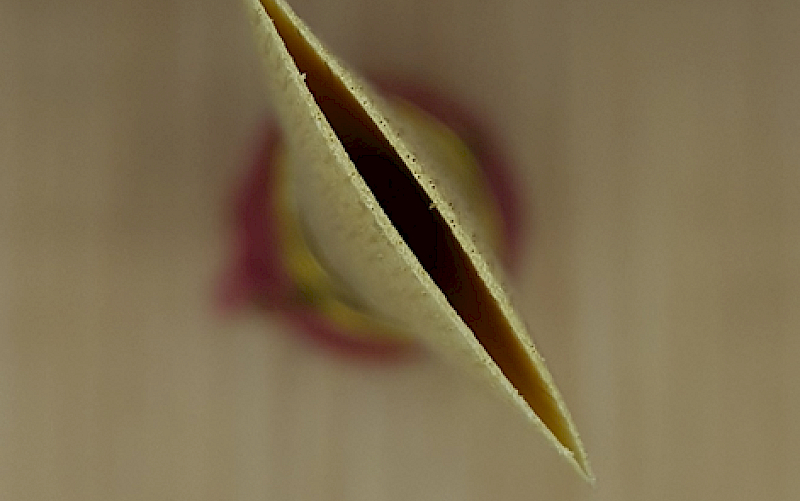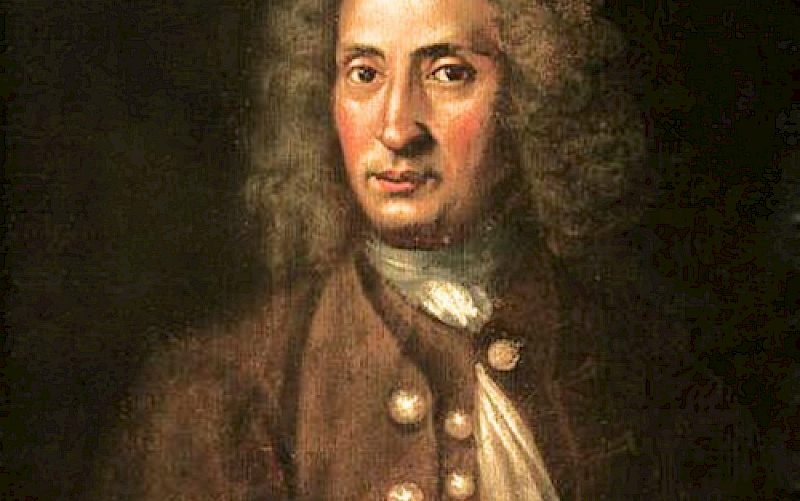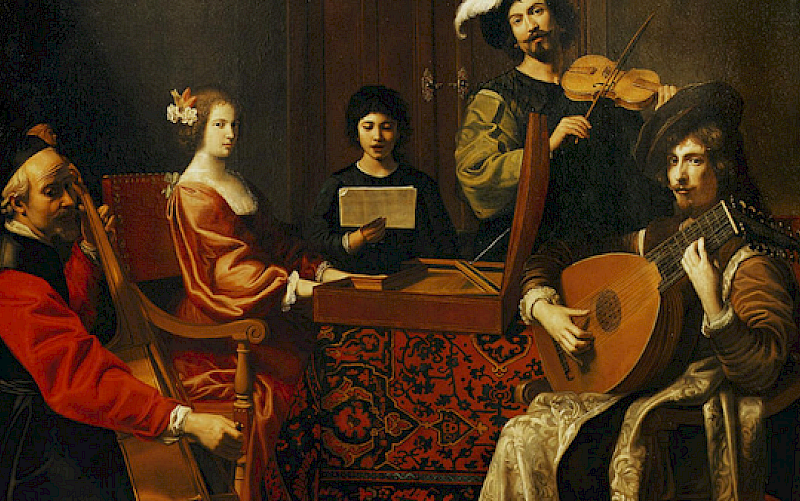Keyboard transcriptions of orchestral works by M. Marais and J. Ph. Rameau
Name: João Guimarães Rival Main Subject: Harpsichord Research Coaches: Inês de Avena Braga and Patrick Ayrton Title of Research: Keyboard transcriptions of orchestral works by M. Marais and J. Ph. Rameau Research Questions: How did French Baroque composers adapt orchestral works for the harpsichord? What needs to be observed when making new transcriptions based on historical examples? Research Process: Often, as a harpsichordist, one needs to transcribe or adapt an orchestral piece for keyboard, either when accompanying or even if only to understand it more deeply for continuo playing. The motivations of playing orchestral excerpts that were not yet transcribed, or which are currently known nowadays is perhaps the main point of my research. It relies on the analysis of the examples of transcriptions realized by Jean-Henri D’Anglebert (1629- 1691) from several works by Jean-Baptiste Lully (1632-1687), the 1693 Anonymous transcriptions from Alcide by Marin Marais (1656-1728), and Jean-Philippe Rameau’s (1683-1764) Les Indes Galantes (1735). In order to apply the results of these analyses, I transcribed a few instrumental excerpts from the operas Sémélé (1709) and Les Boréades (1764) by Marais and Rameau respectively, and will present a report on how the transcriptional process was made. Summary of Results: I believe that the results of my research have opened up new perspectives in this field, and provided new historically informed transcriptions for solo performance. With the examples analyzed, the present study detailed important aspects of the transcriptional process and unraveled many of its issues, concerning compositional techniques involved on translating an orchestral piece to harpsichord in two different periods of French music. As mentioned above, it is extremely important for a harpsichordist to identify which tools were used to idiomatically translate an orchestral writing to a keyboard one, if only for a better understanding compositional practices, the solo repertoire and for the development of a more historically informed accompaniment. My research aimed to identify more clearly what could be considered a “French harpsichord language”, considering its sound qualities and different possibilities of interpretation, and how it was used in two major periods of French music, symbolized in this context by Marais and Rameau, and their impact on the musical life of nearly a century. The presentation will be focused on the process of transcription with live music examples enhanced by a PowerPoint presentation.
